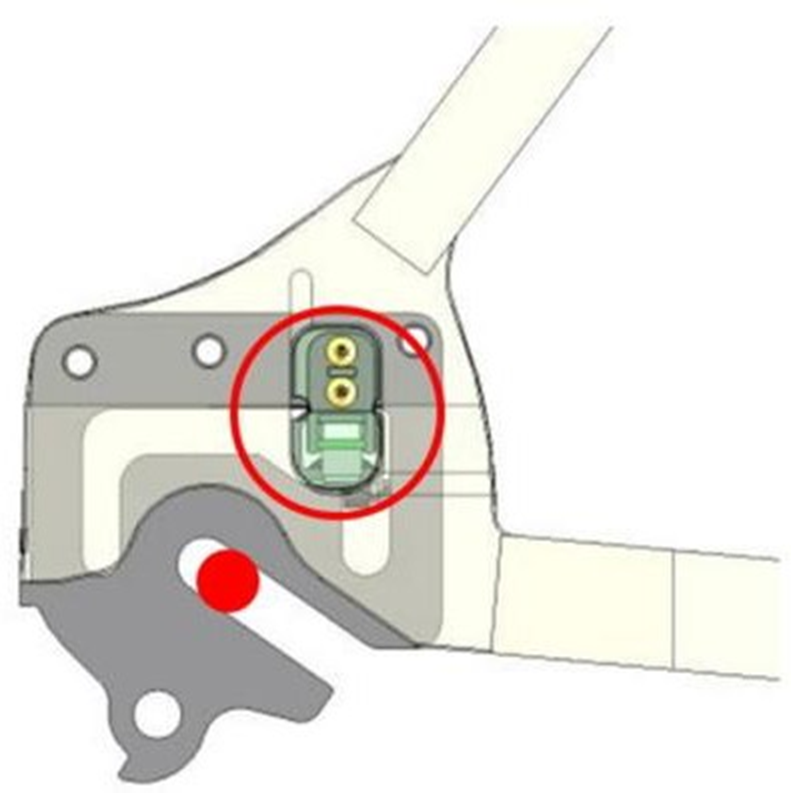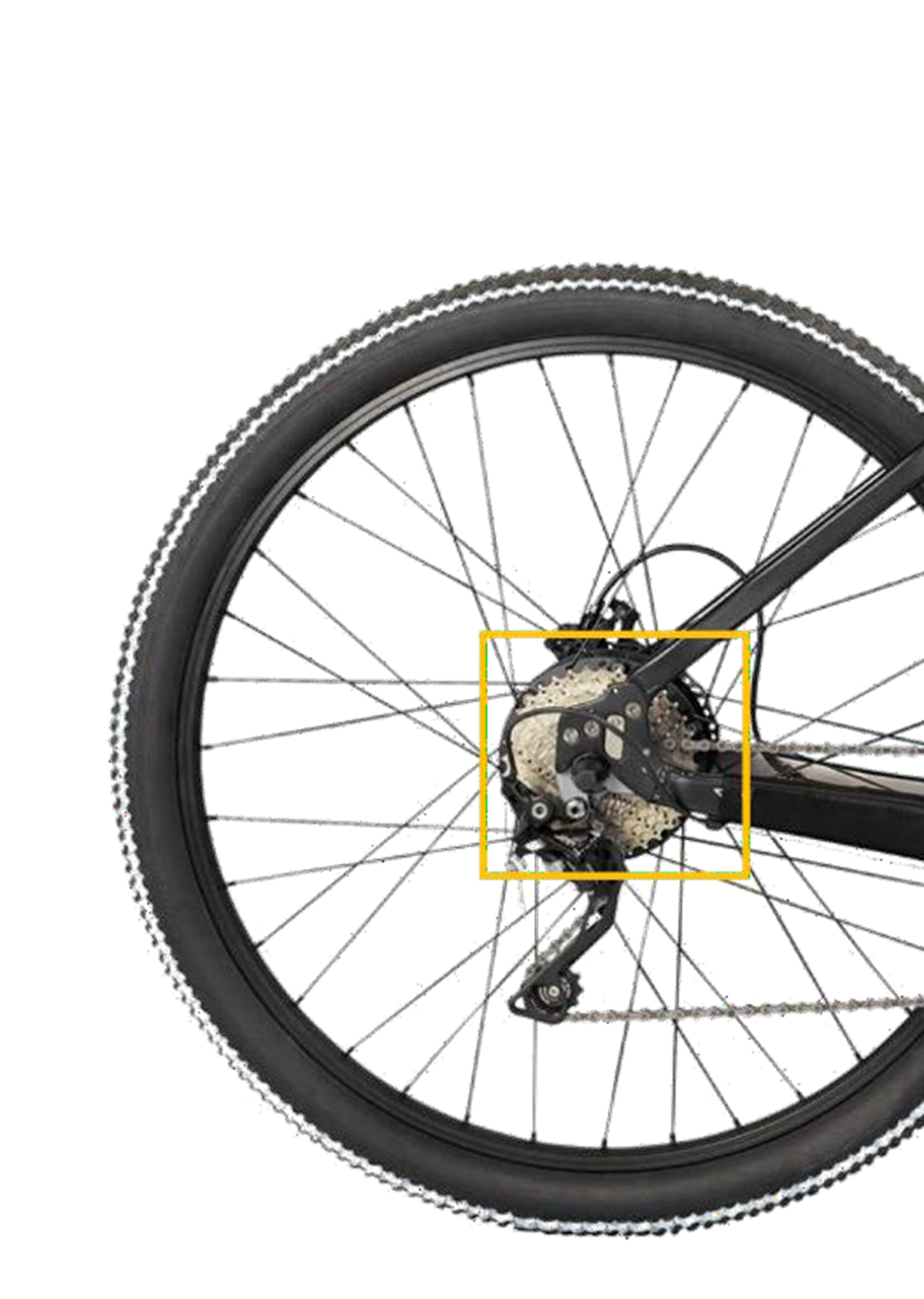Working principle of lightweight electric
power-assisted bicycle - rear axle hook sensor


The gray component in the figure is the "rear axle hook sensor",
which is installed at the junction of the rear seat fork and the rear
chainstay, that is, the installation position of the rear axle (the red dot in
the figure is the rear axle). It is equivalent to an additional adapter,
generally made of aluminum alloy. The power of the bicycle forward is
transmitted to the rear axle hook sensor through the rear axle, and then
transmitted to the bicycle frame. When the rear axle hook sensor receives the
force from the rear axle, it will deform, and then squeeze the pressure sensor
in the red circle in the above figure, and then mobilize the battery motor to
provide power for the electric assisted bicycle. The advantages of the rear
axle hook sensor are simple principle, simple structure, and low production
price. If the electric assisted bicycle is always used on a straight road, it
is also good (used in low-end electric assisted bicycles of BH and GIANT, and
Xiaomi electric assisted folding bicycles), but under real road conditions, the
shortcomings of this sensor are also exposed - the measurement torque is not
accurate and delayed, and the riding experience is poor; the production process
of the vehicle is high, and the cost saved by the sensor is transferred to the
frame processing; the aluminum alloy material is easy to deform, the service
life is short, and the user's subsequent maintenance cost is high. Therefore,
the slightly higher-end electric assisted bicycles have abandoned this
type of sensor.










 +86 21 59241315
+86 21 59241315  sales@xvyanprecision.com
sales@xvyanprecision.com
 No 969, YunHan Road Pudong District Shanghai City China
No 969, YunHan Road Pudong District Shanghai City China